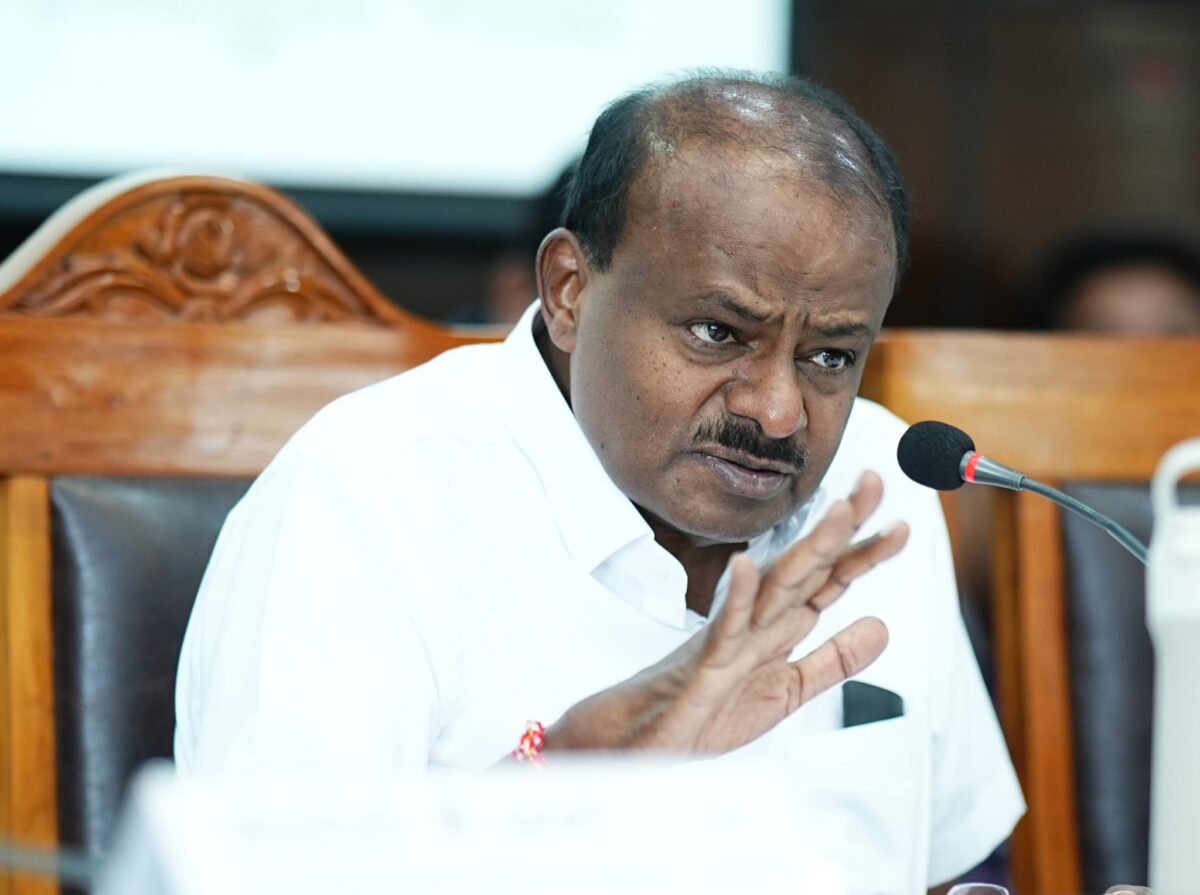India is set to take a significant leap toward self-reliance in advanced material technology. Heavy Industries and Steel Minister H.D. Kumaraswamy has announced that the government is finalizing a ₹1,345 crore incentive scheme aimed at promoting domestic manufacturing of rare-earth magnets—key components used in electric vehicles (EVs), defense systems, telecommunications, and renewable energy equipment like wind turbines.
Why the Urgency?
The announcement comes in the wake of China tightening export regulations on seven rare-earth elements and finished magnets. These new rules, which require export licenses and end-use disclosures, have raised global concerns over supply disruptions. India, which currently imports over 80 percent of its magnet requirement, has now recognized the urgent need to build indigenous capacity.
Scheme Highlights
- The proposed ₹1,345 crore subsidy scheme is under inter-ministerial review, involving the Ministries of Heavy Industries, Mines, Finance, Atomic Energy, and NITI Aayog.
- The scheme will support full-cycle production—from rare-earth oxide processing to finished magnet manufacturing.
- Initially, two manufacturers may be selected, but the number could expand as the policy framework is finalized.
- Subsidies in the range of 20–50 percent of project costs have been suggested by stakeholders and are being evaluated.
- Once approved by the Union Cabinet, the scheme will run over a span of five to seven years.
- Commercial production under this scheme is expected to begin within two to three years post-approval.
Industry Interest
Several companies have already shown interest in setting up facilities. Mahindra & Mahindra and Uno Minda are reported to be exploring magnet manufacturing either independently or through joint ventures. Other players like Sona Comstar and Midwest Advanced Materials are also assessing the opportunity. Midwest is aiming for 500 tonnes of production by the end of this year, with plans to scale up to 5,000 tonnes by 2026.
Strategic Significance
India holds the third-largest rare-earth reserves in the world, estimated at 6.9 million tonnes. However, domestic production remains extremely limited—only 2,900 tonnes were processed in 2024. The new scheme aims to change that by building a comprehensive ecosystem for rare-earth magnet manufacturing.
This development is critical not just for EVs but also for defense manufacturing, wind energy, and various high-tech applications. By cutting its dependency on China, India strengthens its industrial security and global competitiveness.
Key Points to Monitor
- Final structure of subsidies and eligibility conditions.
- Selection of manufacturing entities and their investment timelines.
- Outcome of inter-ministerial consultations and Cabinet approval.
- Roll-out timeline and expected production capacity.
Conclusion
The ₹1,345 crore rare-earth magnet manufacturing incentive is a strategic policy move with wide-reaching implications. It positions India to become a global player in critical material technologies and reduces reliance on external sources in essential sectors. If implemented efficiently, this scheme could drive India’s technological future, boost industrial self-reliance, and foster innovation across multiple domains.
Top-notch SEBI registered research analyst
Best SEBI registered Intraday tips provider
Telegram | Facebook | Instagram
Call: +91 9624421555 / +91 9624461555

